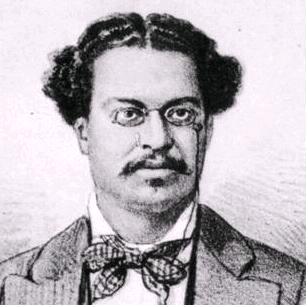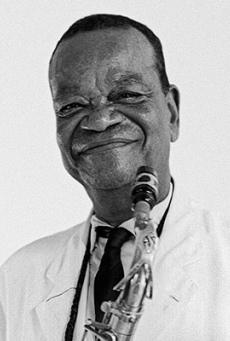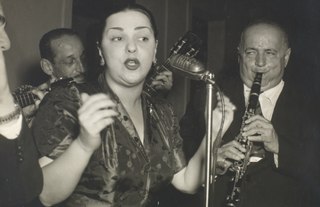
The music of Brazil encompasses various regional musical styles influenced by European, American, African and Amerindian forms. Brazilian music developed some unique and original styles such as forró, repente, coco de roda, axé, sertanejo, samba, bossa nova, MPB, gaucho music, pagode, tropicália, choro, maracatu, embolada, frevo, brega, modinha and Brazilian versions of foreign musical styles, such as rock, pop music, soul, hip-hop, disco music, country music, ambient, industrial and psychedelic music, rap, classical music, fado, and gospel.

Choro, also popularly called chorinho, is an instrumental Brazilian popular music genre which originated in 19th century Rio de Janeiro. Despite its name, the music often has a fast and happy rhythm. It is characterized by virtuosity, improvisation and subtle modulations, and is full of syncopation and counterpoint. Choro is considered the first characteristically Brazilian genre of urban popular music. The serenaders who play choros are known as chorões.

Alfredo da Rocha Viana Filho, known as Pixinguinha was a Brazilian composer, arranger, flutist and saxophonist born in Rio de Janeiro. Pixinguinha composed popular music, particularly within the genre known as choro, including some of the best-known works in the genre such as "Carinhoso", "Glória", "Lamento" and "Um a Zero".

Elizeth Moreira Cardoso, was a singer and actress of great renown in Brazil.

Sérgio de Oliveira Cabral Santos was a Brazilian journalist, writer, composer, and researcher. He was the father of journalist and former governor of the state of Rio de Janeiro, Sérgio Cabral Filho.

Linda Batista, born Florinda Grandino de Oliveira was a Brazilian popular musician.

Coroatá is a municipality in Maranhão.
The discography of Brazilian singer Maria Bethânia consists of 34 studio albums, 15 live albums, several participations in movie and telenovela soundtracks as well as numerous collaborations with other artists.

Events in the year 1954 in Brazil.
Trio de Ouro was a Brazilian vocal group formed by Herivelto Martins in 1937. They performed regularly at the Cassino da Urca. The trio was composed of two men and one woman, who, through the years, included Dalva de Oliveira, Noemi Cavalcante (briefly), Lourdinha Bittencourt, and finally, Shirley Dom.
Trombone Atrevido is the third solo album by trombonist Achilles Liarmakopoulos released in 2015 by ODEG label. It's dedicated to choro music of Brazil.

Chôros No. 2 is a duet for flute and clarinet written in 1924 by the Brazilian composer Heitor Villa-Lobos. It is part of a series of fourteen numbered compositions collectively titled Chôros, ranging from solos for guitar and for piano up to works scored for soloist or chorus with orchestra or multiple orchestras. and in duration up to over an hour. Chôros No. 2 is the shortest in the series, a performance lasting only about two-and-a-half minutes.

Chôros No. 4 is a quartet for three horns and trombone, written in 1926 by the Brazilian composer Heitor Villa-Lobos. It forms a part of a series of fourteen numbered compositions collectively titled Chôros, ranging from solos for guitar and for piano up to works scored for soloist or chorus with orchestra or multiple orchestras, and in duration up to over an hour. Chôros No. 4 is one of the shorter members of the series, a performance lasting about five-and-a-half minutes.

The Quinteto is a chamber-music composition by the Brazilian composer Heitor Villa-Lobos, written in 1928. Originally scored for five woodwind instruments, it is most often performed in an arrangement for the conventional wind quintet of flute, oboe, clarinet, horn, and bassoon. A performance lasts about eleven minutes.
The 2017 Golden Globes (Portugal) was held on 21 May 2017 and broadcast by SIC and presented by João Manzarra.
Luiz Americano was a Brazilian choro musician and composer. He was best known as a clarinetist, saxophonist and recording artiste.
Alcebíades Maia Barcelos, also known by his stage name Bide, was a Brazilian samba musician and composer.









